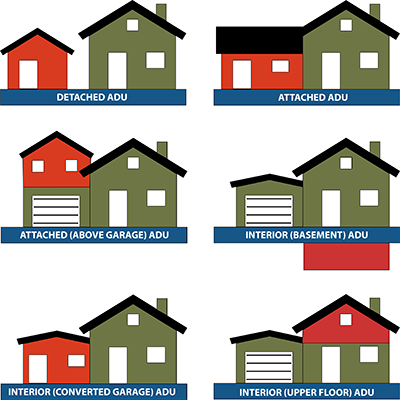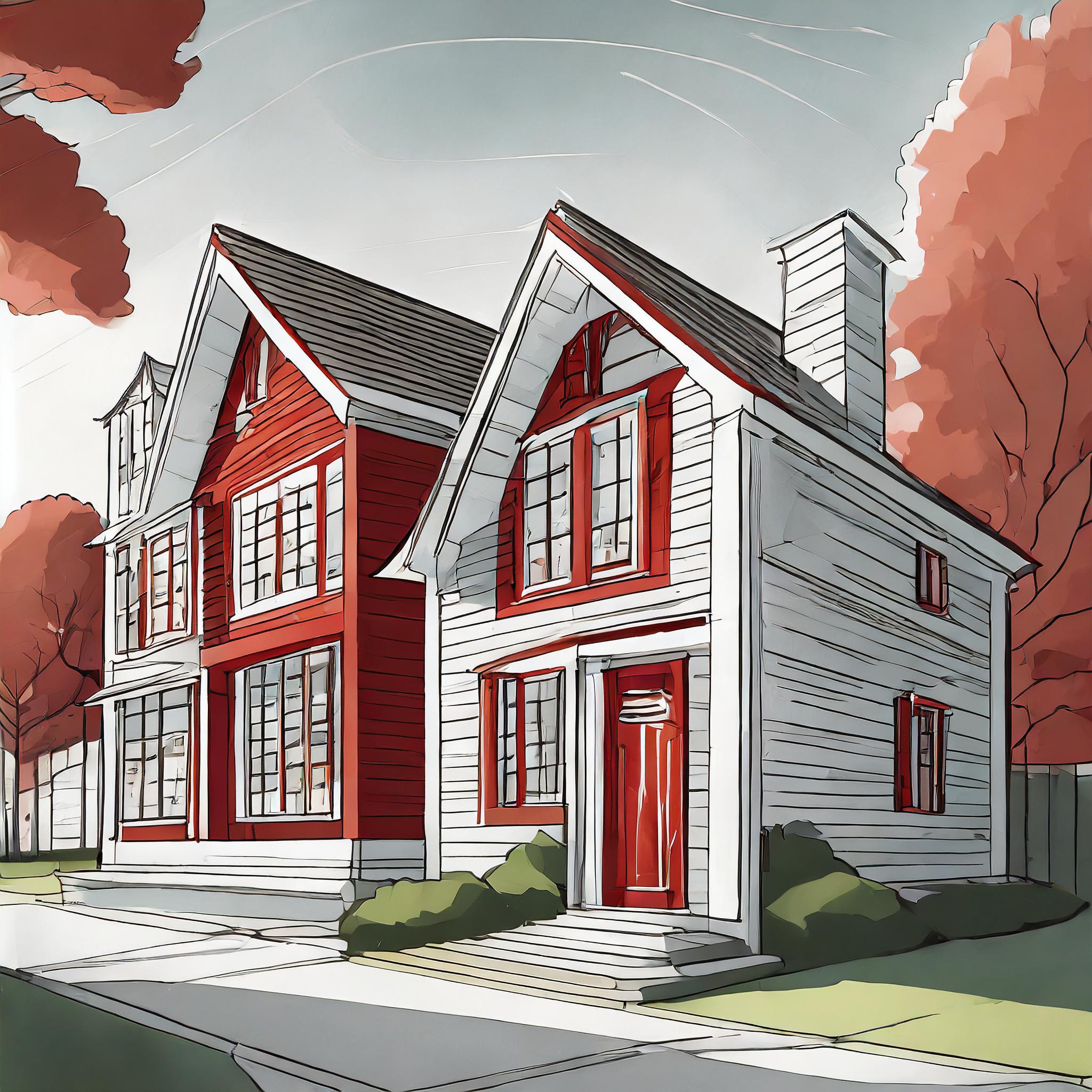Background on ADU Changes in Connecticut
Connecticut has recently made some significant updates to the regulations surrounding Accessory Dwelling Units (ADUs), aiming to streamline the process for homeowners. The state has essentially set a new baseline for what’s allowed, making it easier for folks to add these smaller, secondary homes on their property. This move is designed to increase housing options and flexibility, allowing for things like granny flats, in-law suites, or rental units right in your backyard. While each town in Connecticut can still tailor these rules to fit their local needs, the overall direction is towards greater acceptance and encouragement of ADUs.
Even in towns like Andover, Berlin, Bloomfield, and others that have chosen to opt out of some of the state’s default provisions, ADUs are not off the table. These towns are applying their own spin on the regulations, ensuring that ADUs can still be developed in a way that respects local community standards and needs. This means that as a homeowner, you have more opportunities than ever to expand your living space or create a new income source through rental. As someone deeply involved in the construction and educational side of things, I see this as a positive step towards more dynamic and versatile housing solutions in our state.
What is an ADU?
An Accessory Dwelling Unit, or ADU, is like a mini-home that shares the same land as a bigger house. ADUs come in many forms, including garage conversions, basement apartments, and backyard cottages. They offer numerous benefits, such as additional rental income, increased property value, and flexible living space.
Think of it as a cozy little place where guests, family, or renters can live. It can be a tiny house in the backyard, a basement turned into a living space, or even a part of the main house that has its own entrance. To be called an ADU, it needs to have its own kitchen, bathroom, and place to sleep. Whether you want a spot for your parents to stay, a home office, or just a quiet retreat, an ADU could be the answer.

What’s Changing for ADUs with Public Act 21-29?
Public Act 21-29, also known as HB 6107, represents a significant legislative effort in Connecticut to update zoning regulations and promote more inclusive housing policies. It aims to make Connecticut’s zoning laws more equitable and to address the state’s housing needs comprehensively. Key elements of the act include:
- Advancing Equity: The act mandates that all zoning regulations must affirmatively further fair housing, promote housing choice, and economic diversity, including for low and moderate-income households. It prohibits zoning regulations that discriminate based on income source, income level, or immutable characteristics, except for age and disability in specific housing types.
- Accessory Apartments: Public Act 21-29 legalizes accessory apartments by requiring municipalities to permit them “as of right,” without the need for a special permit or public hearing. It allows both attached and detached accessory apartments, with size restrictions to ensure they are proportional to the principal dwelling.
- Parking Mandates: The act addresses parking requirements, limiting the minimum number of parking spaces that can be required for new housing units to prevent excessive mandates that can hinder housing development.
- Training and Certification: The act introduces training requirements for planning and zoning commissioners to ensure they are informed about affordable and fair housing policies, among other topics. It also mandates certification for zoning enforcement officials to ensure the proper administration of zoning laws.
- Defining “Character”: The term “character” has been redefined in the context of zoning regulations to focus on physical site characteristics rather than subjective interpretations, which can often exclude certain types of housing or demographics.
These reforms are designed to reduce barriers to housing development, particularly for multifamily and affordable housing, and encourage more sustainable and inclusive community growth

Connecticut ADU Regulations
Navigating the regulations for ADU construction in Connecticut is crucial. State and local zoning laws can vary, so it’s important to understand the requirements specific to your area before starting your project.
Which Connecticut Towns Allow ADUs?
Planning your ADU
When it comes to adding an Accessory Dwelling Unit (ADU) to your property, the planning phase is crucial. You’ll need to consider your goals, the design, and how you’ll build this new space. Are you looking to provide a cozy home for family members, create a rental unit to generate income, or perhaps you need a quiet office space? Each goal might lead you to a different design and approach.

ADUs In Connecticut: Costs and Returns
In Connecticut, investing in an Accessory Dwelling Unit (ADU) can be a smart financial move, but it’s important to understand the costs and potential returns. Building an ADU can vary widely in cost, depending on factors like size, design, and whether you’re converting an existing space or building from scratch.
While the upfront costs can be significant, often ranging from tens to hundreds of thousands of dollars, the long-term benefits can be substantial. An ADU can boost your property value, provide a steady rental income if you choose to lease it, or save money by housing family members. In markets with high housing demand, ADUs can offer competitive rental prices, making them an attractive investment. Keep in mind, the return on investment (ROI) depends on local real estate market conditions, the ADU’s quality, and how it’s utilized. Proper planning and execution can turn your ADU project in Connecticut into a profitable and valuable asset.
ADU Costs
Typically, the cost to build an ADU can range from $100,000 to over $300,000, depending on factors like design complexity, materials, and labor costs. Usual costs range from between $300 to $600 per square foot, depending on whether you’re building an addition or new structure, and the scope of needed plumbing and electrical work. Returns on investment can also vary but are often viewed positively due to the potential for rental income, increased property value, and other financial benefits.
ADU Build Timelines
Building an Accessory Dwelling Unit (ADU) can vary in duration based on several factors, including the complexity of the design, whether it’s a conversion of existing space or a new build, the permitting process in your area, and the efficiency of your construction team. Generally, the timeline can range from a few months to over a year.
For a simple conversion of an existing structure, such as turning a garage or basement into an ADU, the process might take anywhere from 3 to 6 months. This includes planning, obtaining necessary permits, and the actual construction work.
For new constructions, the timeline is typically longer, often ranging from 6 months to a year or more. This includes extensive planning, more complex permitting processes, site preparation, construction, and finishing touches.
It’s crucial to factor in potential delays, which can be caused by weather conditions, changes to the project plans, or delays in obtaining materials or permits.
ADU FAQs
Further Reading + ADU Resources
1. Connecticut State Department of Housing:
Explore the state’s housing policies, including those related to ADUs, to understand the broader regulatory landscape.
Website: Connecticut Department of Housing
2. “The Accessory Dwelling Units: A Step-by-Step Guide to Design and Development”:
This guide from the AARP offers practical advice on planning, designing, and building ADUs, tailored to meet the needs of homeowners and builders.
Available on Amazon and local bookstores.
3. The American Planning Association (APA) – ADU Resources:
The APA provides resources and research on ADUs, including best practices and case studies that can be helpful for Connecticut residents.
Website: APA ADU Resources
4. AARP’s Guide to ADUs:
AARP offers a comprehensive guide that covers the benefits of ADUs, how to navigate local regulations, and tips for planning and building ADUs.
Website: AARP ADU Guide
5. Local Connecticut Municipal Websites:
Check your town or city’s official website for specific ADU regulations, permit requirements, and any local initiatives or incentives related to ADU development.
List of CT Municipal Websites







